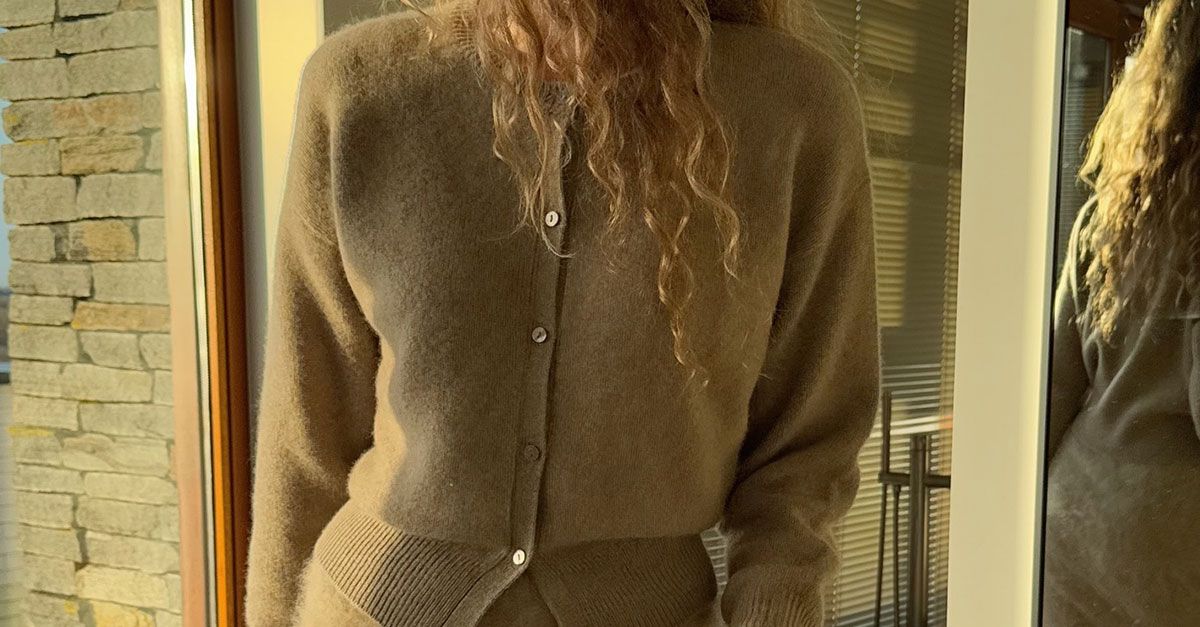Editor’s Note: The following article contains spoilers for Episodes 1-3 of House of the Dragon.
In Season 1, Episode 3 of House of the Dragon, King Viserys (Paddy Considine) is told during a hunt that a white hart has been spotted and is being tracked. The hunt is meant to celebrate the second nameday of Viserys’ son Aegon and the sighting of a white hart excites the revelers, who believe that killing the creature will be seen as a good omen for Aegon, a boy they believe is destined to become king. Of course, Viserys has named his daughter Rhaenyra (Milly Alcock) as his heir, a controversial decision in a world in which women rulers are rare. Thanks to Paddy Considine’s terrific portrayal of Viserys, we get the sense that he is conflicted about the news of the white hart. On the one hand, it’s a good omen. On the other hand, it could potentially bolster the idea that his son Aegon should rule and therefore ruin his relationship with his daughter. The sighting of the hart may also be stoking some internal conflict within Viserys. Is he really sure that his daughter should rule or is he making a colossal blunder that could lead to civil war?
In both George R.R. Martin’s books and in actual mythology, white harts are seen as almost mystical creatures and harbingers of good fortune. In the book A Game of Thrones, Sansa Stark (Sophie Turner) believes that white harts “were supposed to be very rare and magical” and that “knights never killed magical beasts.” According to House of the Dragon showrunner Ryan Condal, white harts are associated with royalty and kingship. In Arthurian legends, the sighting of a white hart often signals the beginning of a quest. In Sir Thomas Malory’s Le Morte d’Arthur, a white hart marks the beginning of King Arthur’s reign. C.S. Lewis also used a white hart in his work as a symbol of the beginning of an adventure.
What Does the White Hart Appearing to Rhaenyra Mean?
So when Viserys’ daughter and heir Rhaenyra comes across the white hart instead of the hunting party, the symbolism is profound but also ambiguous. Her protector Ser Criston Cole (Fabien Frankel) begins to draw his weapon to kill the beast but Rhaenyra directs him to leave it be. This is a curious decision. If Rhaenyra returned to the hunting party with the dead hart, it could help bolster her claim to the throne. Some in the party might believe that fate or fortune or the gods have christened her, not just her father. So why does Rhaenyra choose not to kill it? The meaning of this act is open to interpretation. Perhaps deep down she doesn’t want to occupy the throne. Perhaps she doesn’t feel the compulsion to prove to everyone else that she is worthy of it. Or perhaps it shows her potential for mercy and compassion. The scene sharply contrasts Viserys’ killing of a bound stag in an earlier scene. Whatever the meaning of her decision, it feels consequential and could foreshadow future events.
Meanwhile, Viserys and his hunting party lose track of the white hart and capture only a brown stag. Viserys, perhaps simultaneously relieved and troubled by this, is presented with a weapon so that he can kill the stag. Instead of delivering one clean fatal blow, he has to stab the creature multiple times to end its life as it cries out in pain. This surely cannot be an inspiring sight or omen for Viserys. In the first episode of Game of Thrones, a dead stag seems to foretell the forthcoming death of King Robert Baratheon (Mark Addy) at the hands of a boar during a hunt. (It may also be a meaningful sign that Rhaenyra kills a boar prior to encountering the white hart).
In much of George R.R. Martin’s work, prophecies and symbolism are meaningful but frequently misinterpreted. Many characters have strong opinions about the identity of Azor Ahai and many of those characters are wrong. So the precise interpretations of Rhaenyra’s decision not to kill the white hart, as well as Viserys’ clumsy killing of the brown stag, are debatable. But two things are made clear: Viserys is troubled and his daughter Rhaenyra has great potential.


























































![Social Media Spring Cleaning [Infographic] Social Media Spring Cleaning [Infographic]](https://imgproxy.divecdn.com/9e7sW3TubFHM00yvXe5zvvbhAVriJiGqS8xmVFLPC6s/g:ce/rs:fit:770:435/Z3M6Ly9kaXZlc2l0ZS1zdG9yYWdlL2RpdmVpbWFnZS9zb2NpYWxfc3ByaW5nX2NsZWFuaW5nMi5wbmc=.webp)
![5 Ways to Improve Your LinkedIn Marketing Efforts in 2025 [Infographic] 5 Ways to Improve Your LinkedIn Marketing Efforts in 2025 [Infographic]](https://imgproxy.divecdn.com/Hv-m77iIkXSAtB3IEwA3XAuouMwkZApIeDGDnLy5Yhs/g:ce/rs:fit:770:435/Z3M6Ly9kaXZlc2l0ZS1zdG9yYWdlL2RpdmVpbWFnZS9saW5rZWRpbl9zdHJhdGVneV9pbmZvMi5wbmc=.webp)












